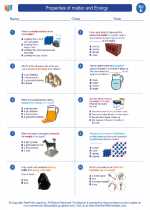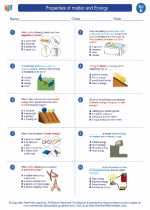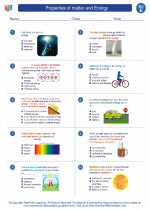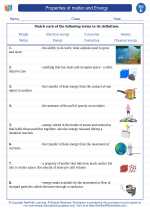Silicate Minerals
Silicate minerals are the most abundant minerals on Earth, making up over 90% of the Earth's crust. They are made up of silicon and oxygen atoms, combined with other elements such as aluminum, iron, magnesium, and potassium. Silicate minerals are classified based on their chemical structure and the way the silicon and oxygen atoms are arranged.
Types of Silicate Minerals
There are several types of silicate minerals, including:
- Framework silicates: These minerals have a three-dimensional framework of silicate tetrahedra. Examples include quartz and feldspar.
- Sheet silicates: These minerals have a sheet-like structure of silicate tetrahedra. Examples include micas and clay minerals.
- Chain silicates: These minerals have a chain-like structure of silicate tetrahedra. Examples include pyroxenes and amphiboles.
- Single tetrahedra: These minerals consist of isolated silicate tetrahedra. Examples include olivine and garnet.
Properties of Silicate Minerals
Silicate minerals exhibit a wide range of physical and chemical properties. Some key properties include:
- Hardness: Silicate minerals have varying degrees of hardness, with some being quite soft (e.g., talc) and others being very hard (e.g., quartz).
- Cleavage: Many silicate minerals have distinctive cleavage patterns, which are the ways they break along certain planes.
- Color: Silicate minerals can occur in a variety of colors, depending on the presence of impurities and other elements.
- Luster: The way silicate minerals reflect light can range from dull to glassy to metallic.
- Specific Gravity: Silicate minerals have different densities, which can be measured by their specific gravity.
Uses of Silicate Minerals
Silicate minerals have a wide range of uses in various industries, including:
- Construction: Quartz, feldspar, and clay minerals are used in making building materials such as cement, bricks, and ceramics.
- Technology: Silicate minerals are used in electronic components, glass production, and as abrasives in manufacturing processes.
- Agriculture: Some silicate minerals are used as soil conditioners and fertilizers to improve crop growth.
- Jewelry: Gem-quality silicate minerals such as quartz, garnet, and tourmaline are used in jewelry making.
Studying Silicate Minerals
When studying silicate minerals, it's important to understand their chemical composition, crystal structure, and physical properties. Here are some key concepts to focus on:
- Learn to identify common silicate minerals based on their crystal form, color, cleavage, and other physical properties.
- Understand the classification of silicate minerals based on their structure and chemical composition.
- Explore the economic and industrial uses of silicate minerals, and how they contribute to various fields such as construction, technology, and agriculture.
- Examine the role of silicate minerals in the formation of rocks and their significance in the Earth's geology.
By mastering these concepts, students can gain a deeper appreciation for the importance of silicate minerals in the natural world and in human society.
.◂Science Worksheets and Study Guides Fifth Grade. Properties of matter and Energy

 Worksheet/Answer key
Worksheet/Answer key
 Worksheet/Answer key
Worksheet/Answer key
 Worksheet/Answer key
Worksheet/Answer key
 Vocabulary/Answer key
Vocabulary/Answer key
 Vocabulary/Answer key
Vocabulary/Answer key
